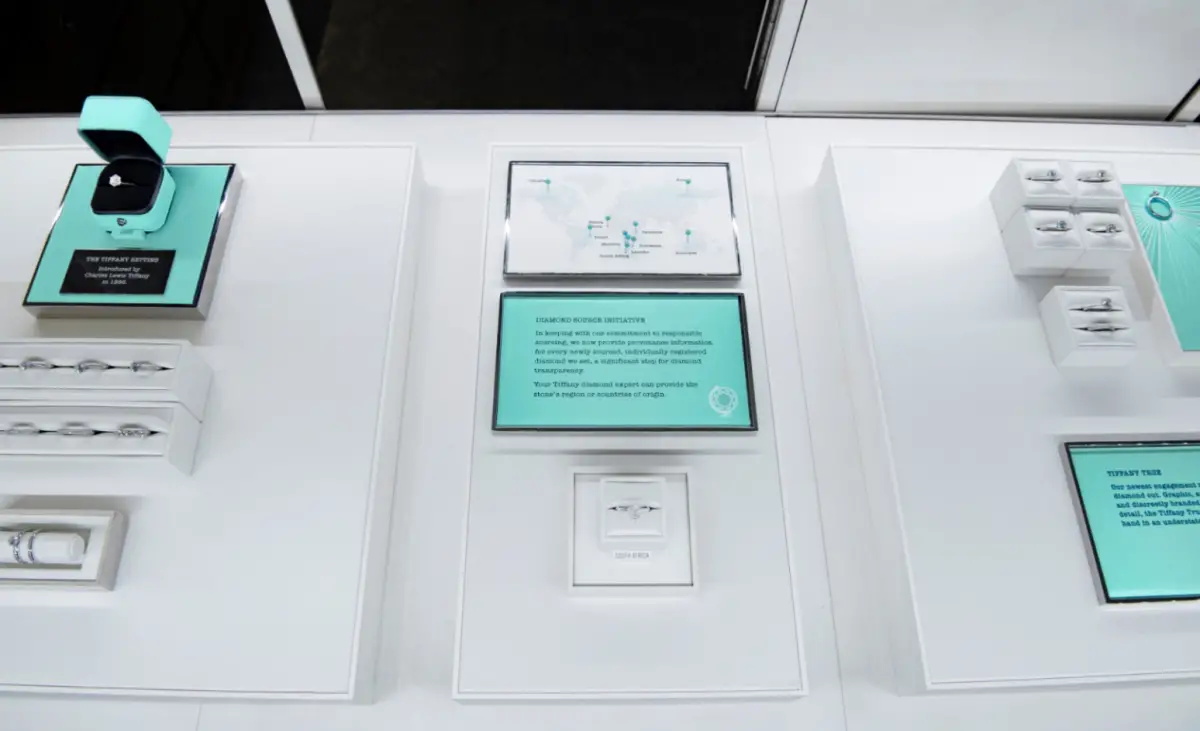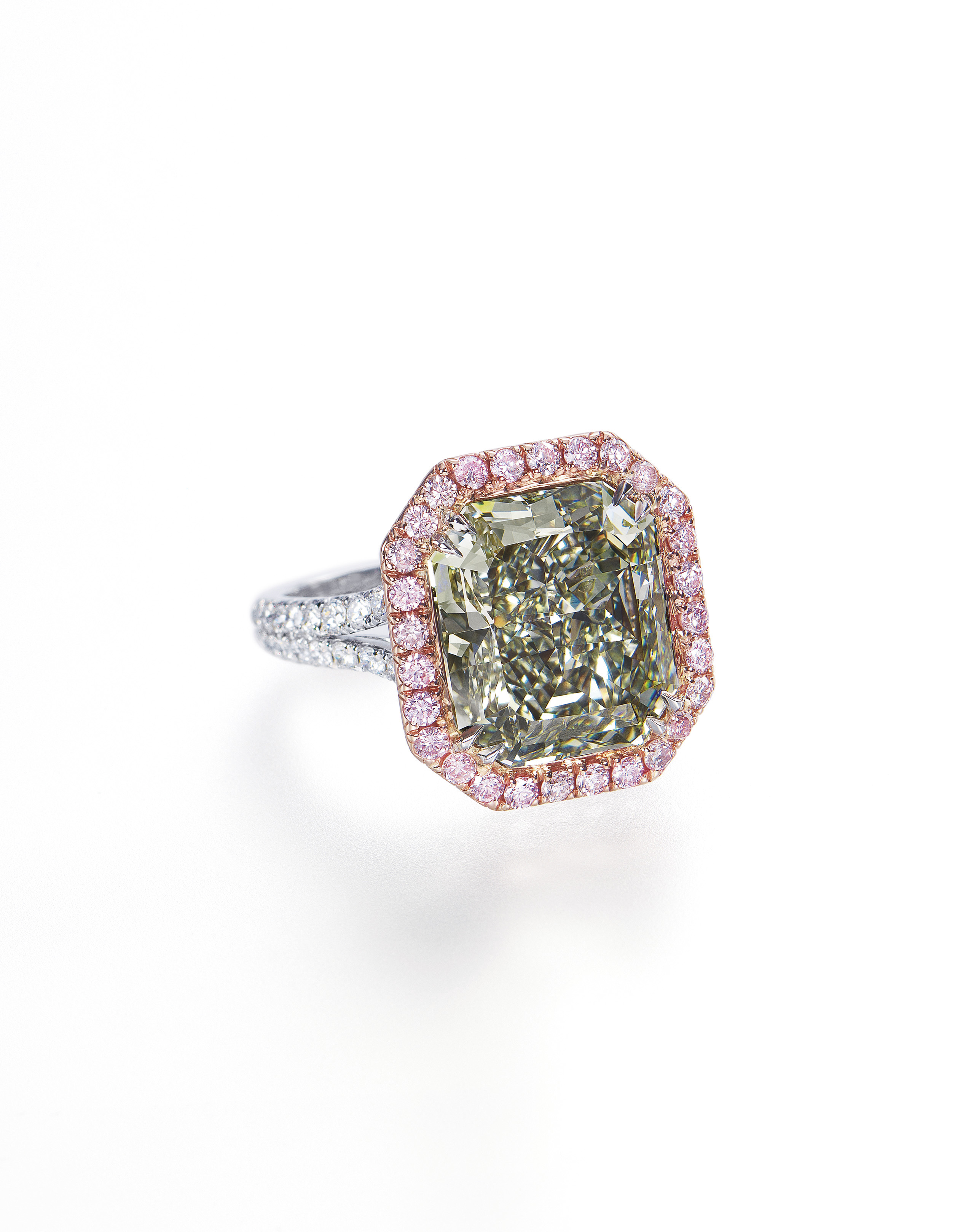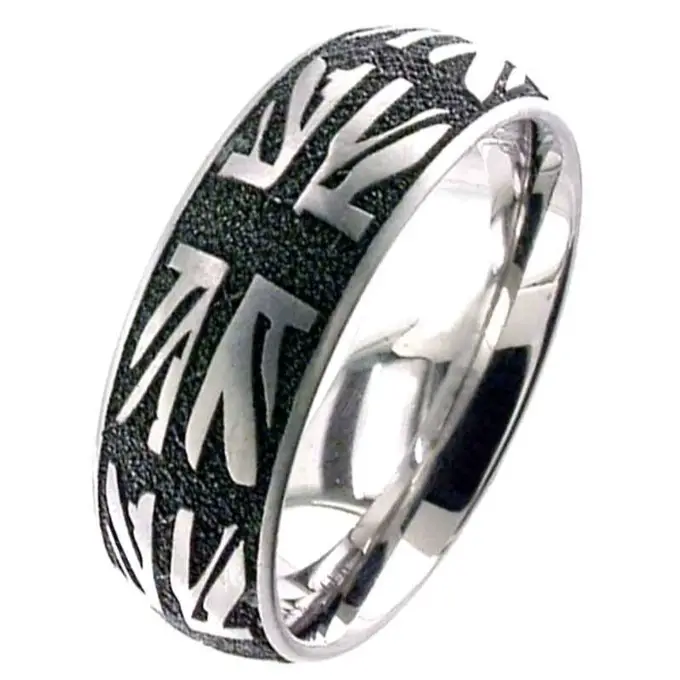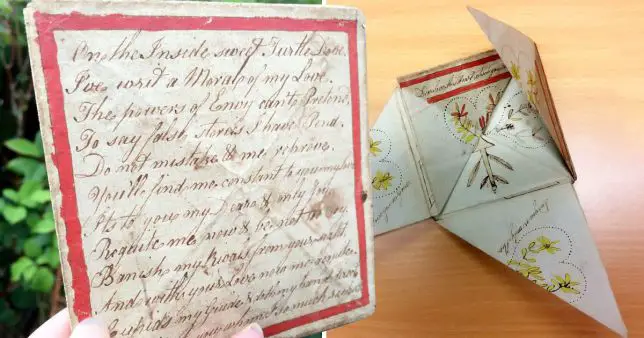You may have seen this gemstone’s name cropping up in the news recently. What’s going on, and why is this pretty little gem causing so much trouble?
Tanzanite is one of the world’s newest and rarest gemstones. Showcasing a distinctive blue and violet hue, it’s like an ethereal, mysterious version of sapphire – but even more beautiful. In different lighting conditions it takes on different colour qualities; blues are more apparent in flourescent light, while violet wins through with incandescent light. Basically, it’s seriously beautiful and kind of magical. It was first discovered in 1967 and the world’s only supply is in a small area of Tanzania. You can probably guess what that means; Tanzanite supply is very much finite, and is expected to be completely depleted within a decade or two.
You know what else that means? Tanzanite is a very desirable and fought-over gemstone. The US makes up 80% of its market, and supply is diminishing while demand rises. You get the picture. But now, things have gotten even more complicated.
Last November the Wall Street Journal ran a story exposing the fact that one of Osama Bin Laden’s close associates, Wadih el Hage, was selling tanzanite to buyers in the US and Europe. Journalists obtained his diaries, in which he expressed frustration about finding reliable buyers. If true, this raises a strong possibility of the Tanzanian government, who have fairly strict controls over the mining and trading of their national gem, were knowingly funding terrorist activity. In short, it means tanzanite is a blood gemstone.
Naturally the US government didn’t take long to get involved, and began talks between US and Tanzanian government officials. Both sides agreed to strengthen control over tanzanite trading, as well as introducing safeguards to prevent the gemstone’s exploitation by terror networks. The result is the Tucson Tanzanite Protocol, which called for an in-depth analysis of the industry, government controls and a certification system similar to the Kimerbley Process for diamonds.
But all that happened in the last decade. So why are we seeing tanzanite in the news now? That’s because an official probe is now revealing the nitty gritty details, which has lead Tiffany & Co, Zales and QVC to suspend purchases of tanzanite. A significant focus of the probe also centres on tax evasion, smuggling and corruption within Tanzania’s mining and trade industry which has resulted in the resignation of a Tanzanian government minister.
This doesn’t mean you should swear off tanzanite, however; not all of the gemstones will have been through bloody hands. If you’re buying from a reputable jeweller who can trace your tanzanite gem all the way back to the mine, then you most likely have nothing to worry about. And if your gem has been mined recently (i.e. after the new controls and safeguards had been implemented), it’s even more of a safe bet.















